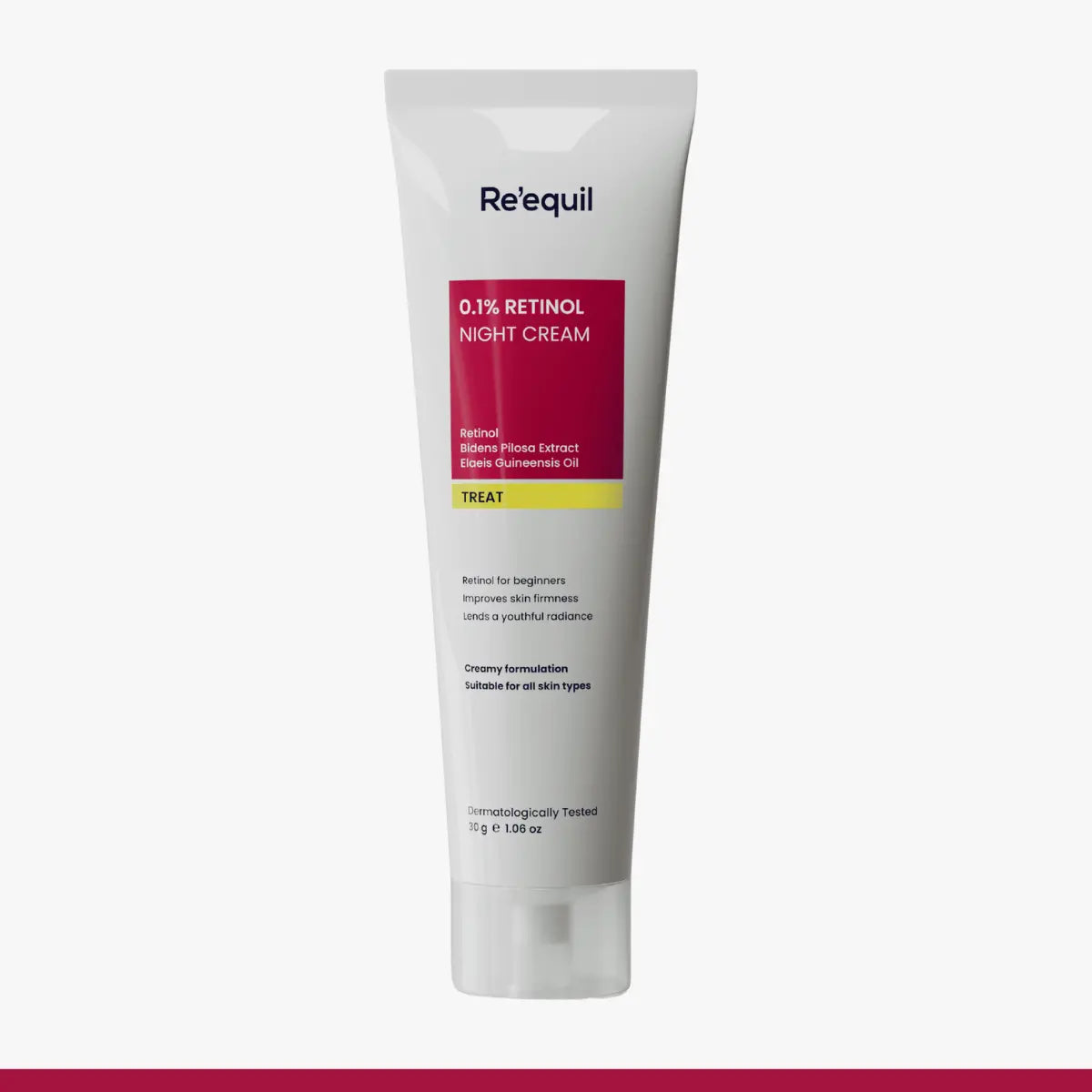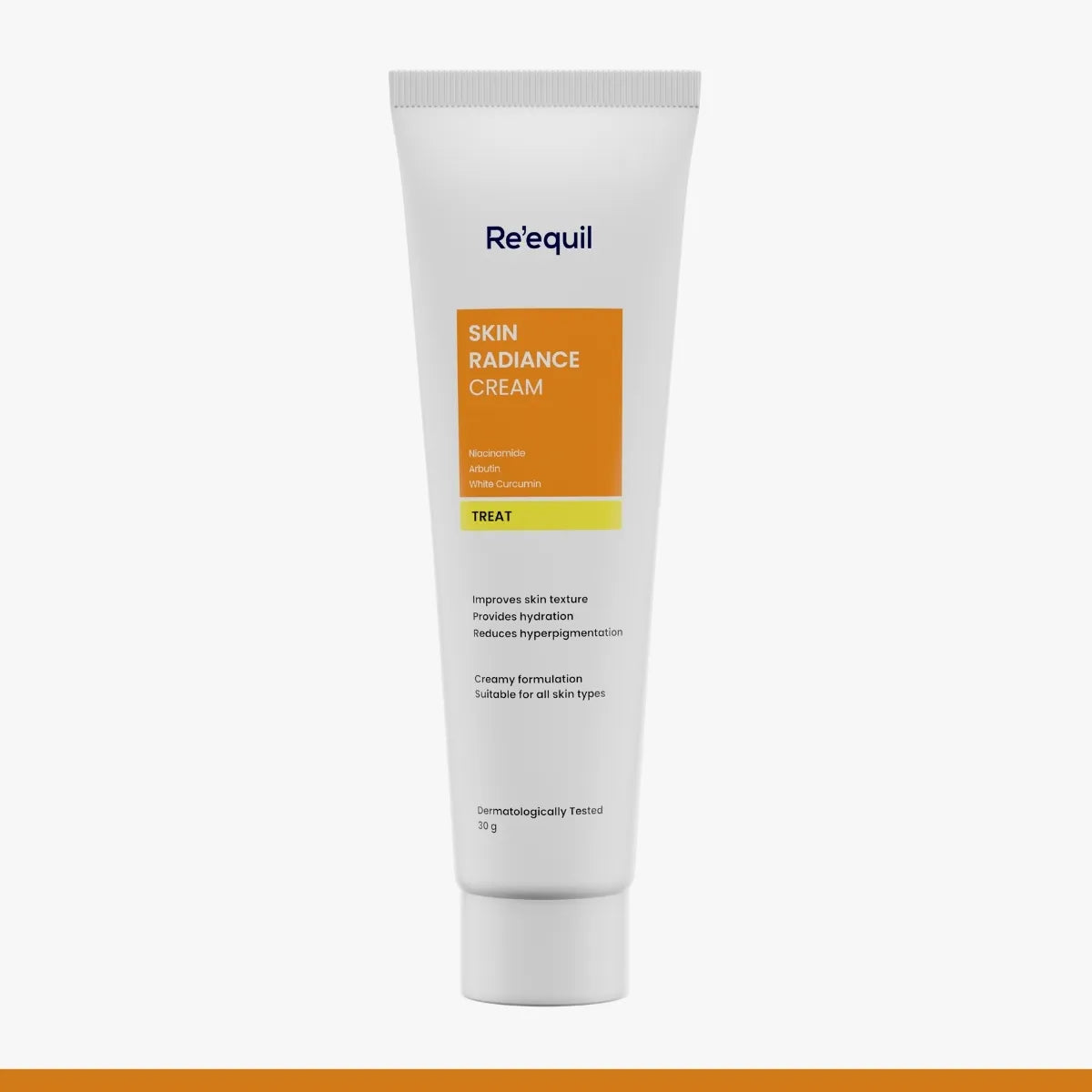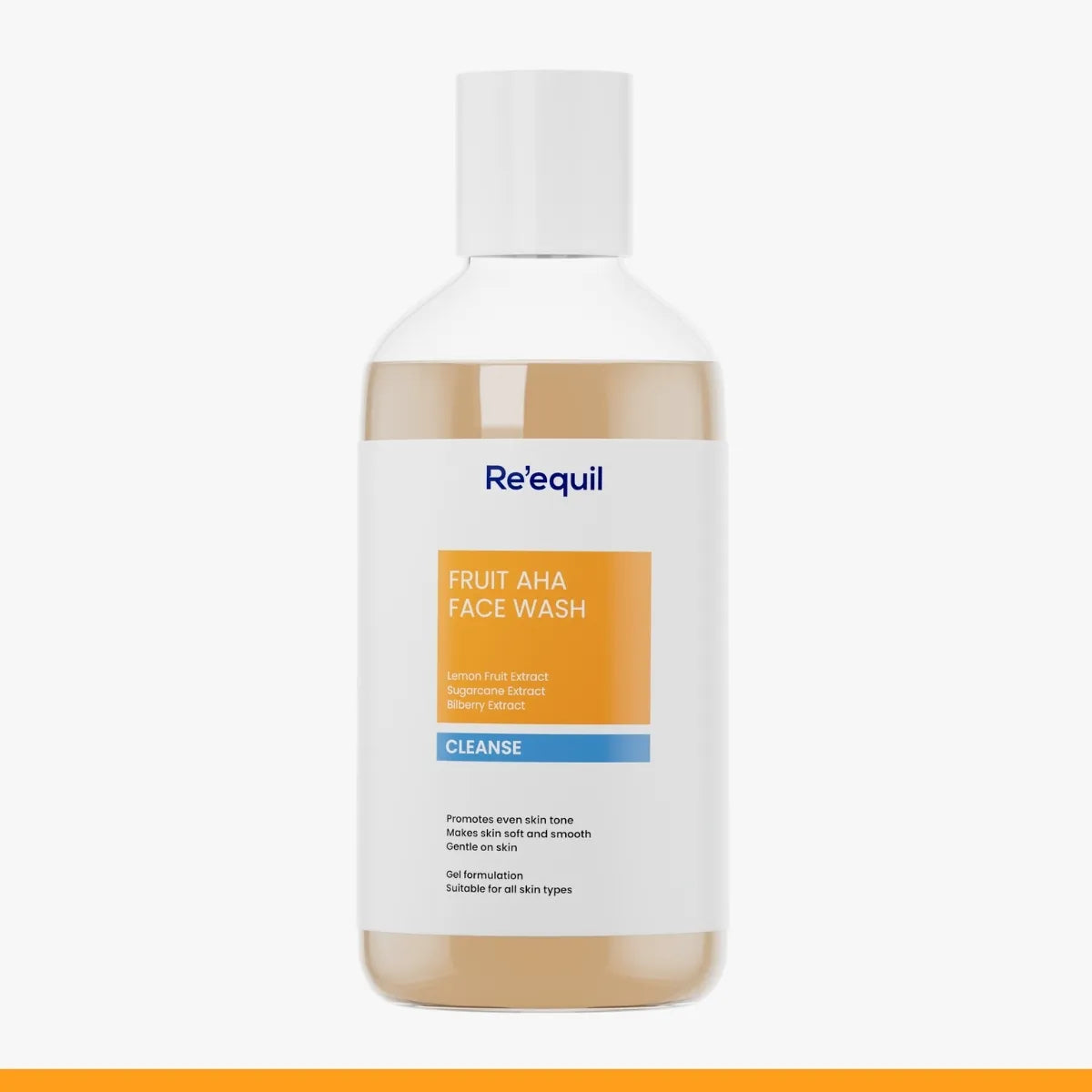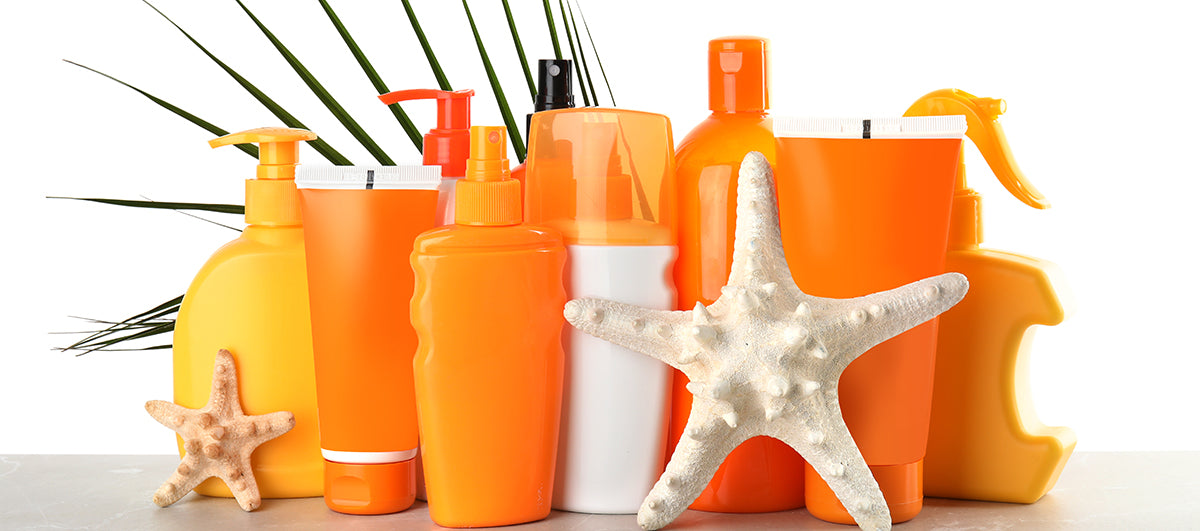It is good to know that most people are well aware of the benefits of sunscreen. However, before jumping on the sunscreen bandwagon, it is necessary to become acquainted with your sunscreen options. Yes, you heard it right. As per numerous research studies, the sunscreens you slather on to guard your skin against the UV rays are laden with harmful chemicals. Recent FDA reports have raised the concern about human health and environmental toxicology due to the increased use of few sunscreen agents. Dermatologists explain that wearing the wrong sunscreen is the biggest skin care mistake which can cause a much greater risk of photoaging, hyperpigmentation, and age spots. We do understand that it can be difficult to understand the long list of ingredients in sunscreen products. Don't be afraid, we help you in choosing the sunscreen that is right for you.
Harmful Sunscreen Ingredients
- Oxybenzone
- Retinyl Palmitate
- Avobenzone
- Parabens
1. Oxybenzone
Oxybenzone is widely used in sunscreens and is also known as benzophenone-3. It is often referred to as the chemical sunscreen agent. When exposed to sunlight, it becomes a substance that can cause mutation which increases the risk of skin cancers. The Environmental Working Group has rated Oxybenzone 8 out of 10 which means that it is one of the most toxic ingredients used in beauty products. Problems that are caused due to the usage of oxybenzone are early puberty in girls, low male infertility, and sperm count. For people with acne-prone or sensitive skin, the use of oxybenzone is found to trigger acne, breakouts, and allergies. Moreover, in 2014, the American Contact Dermatitis Society named Oxybenzone as the “Allergen of the Year” as it causes allergic skin reactions. According to researchers, products containing oxybenzone are more prone to cause skin cancer and breast cancer.
2. Retinyl Palmitate
Retinyl Palmitate is an ester form of vitamin A. It’s role in sunscreens is to protect your skin against free radical damage. However, numerous scientific reports have been conducted on the safety assessment of retinyl palmitate. It has been concluded that frequent daily application of Retinyl Palmitate can increase vitamin A toxicity in your skin.
3. Avobenzone
Avobenzone is not a sun stable ingredient, so when exposed to the sun it starts degrading. This finally results in free radical formation and premature aging of your skin. Additionally, use of avobenzone-based sunscreens is found to cause hormone disruptions.
4. Parabens
Parabens are extensively used in personal skin care products such as lotion, sunscreen, and hair products. It is a cheap preservative that helps to increase the shelf life of products by hindering fungal and bacterial growth. However, research studies have indicated that the paraben-based products may enter into the bloodstream to cause reproductive issues in both males and females.
Good Sunscreen Ingredients
- Zinc oxide
- Titanium dioxide
- Tocopheryl Acetate (Vitamin E)
- Physalis Angulata Extract
1. Zinc oxide
Dermatologists explain that zinc oxide is the most important ingredient to look for in a sunscreen. This mineral sunscreen ingredient offers strong UVA and UVB protection to your skin. Being non-comedogenic in properties, the use of zinc oxide is considered good for sensitive and acne-prone skin types.
2. Titanium dioxide
It is a physical sunscreen filter that reflects the UV rays from the skin surface before they penetrate the skin. A research study published in Nanotechnology, Science and Applications has demonstrated the efficacy of Titanium dioxide in preventing the photoaging of the skin.
3. Tocopheryl Acetate (Vitamin E)
Using the sunscreens that contain Tocopheryl Acetate offers wonderful antioxidant protection to your skin. During sun exposure, it prevents the free radical damage that is liable for causing age spots, wrinkles, and melasma. Another benefit is, vitamin E helps in skin renewal and rejuvenation.
4. Physalis Angulata Extract
It is commonly called cutleaf ground cherry and Indian gooseberry. Research studies have revealed that Physalis Angulata Extract has strong antioxidants properties that help to prevent the photoaging of your skin.
Conclusion

Skincare isn’t superficial, it is as vital and important as healthcare. We believe that when you have healthy and beautiful skin, it’s a sign that you have a nourished body and mind. Sun damage not only makes you more susceptible to premature aging, certain types of skin cancers but can leave a person feeling conscious about the way they look and feel. Ensure that you take the right preventative measures and seek the right sunscreen ingredients to keep your skin glowing and healthy for the years to come.






